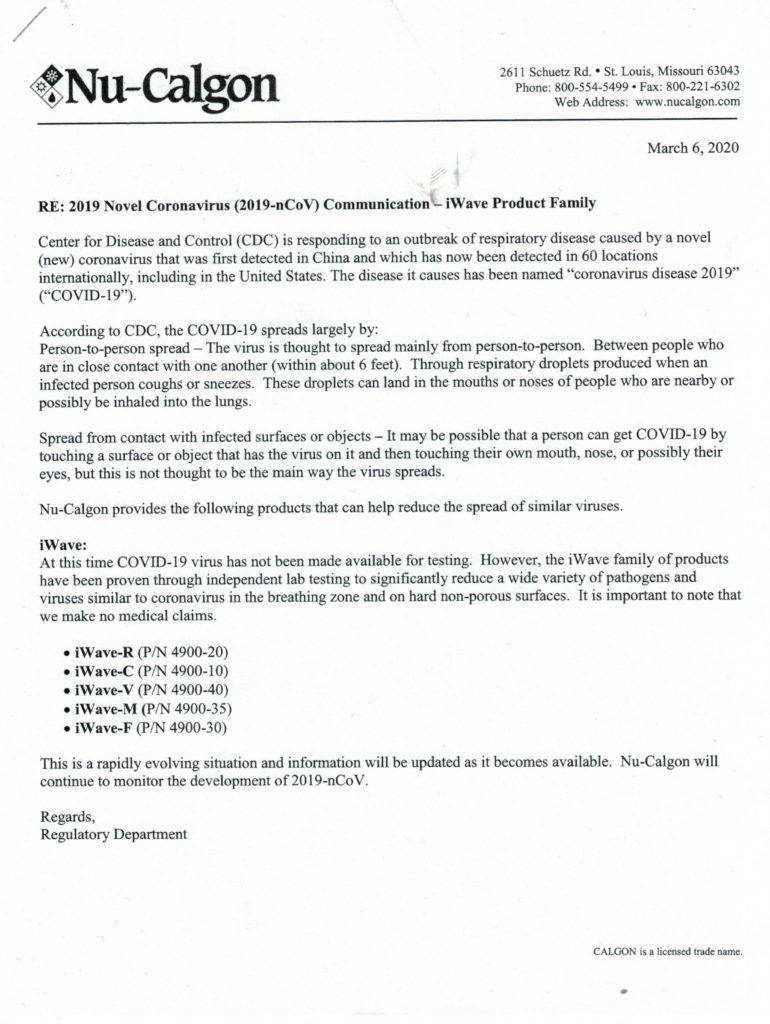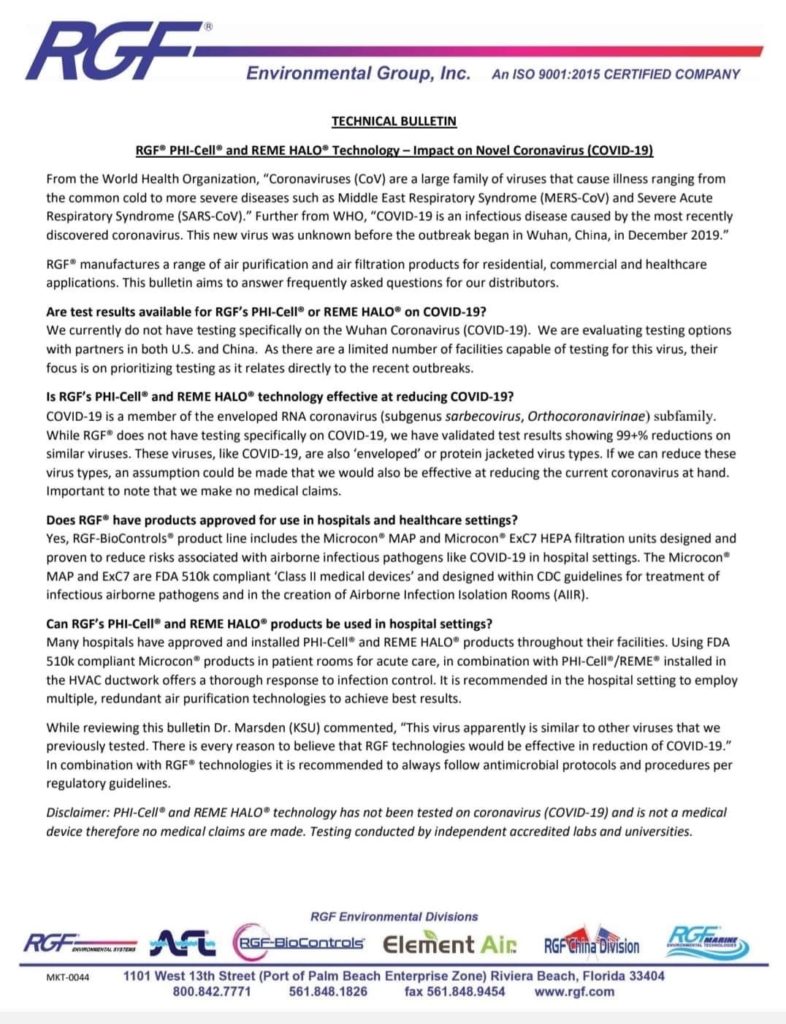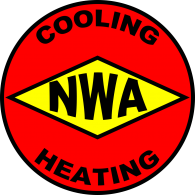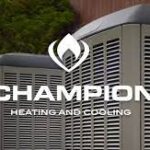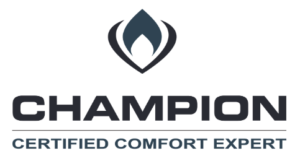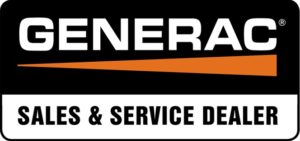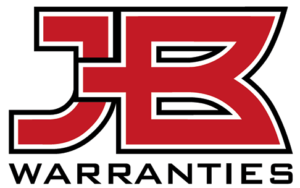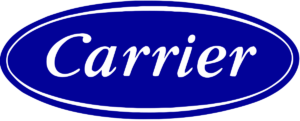What is COVID-19
COVID-19 is the illness caused by the newest Coronavirus. Coronavirus’ aren’t new, this is just a new strain. The common cold is a type of Coronavirus. It is transmitted primarily through contact. Air born transmission can occur, but within a 6-10′ radius of an infected person. This transmission is through water droplets from sneezing or coughing.
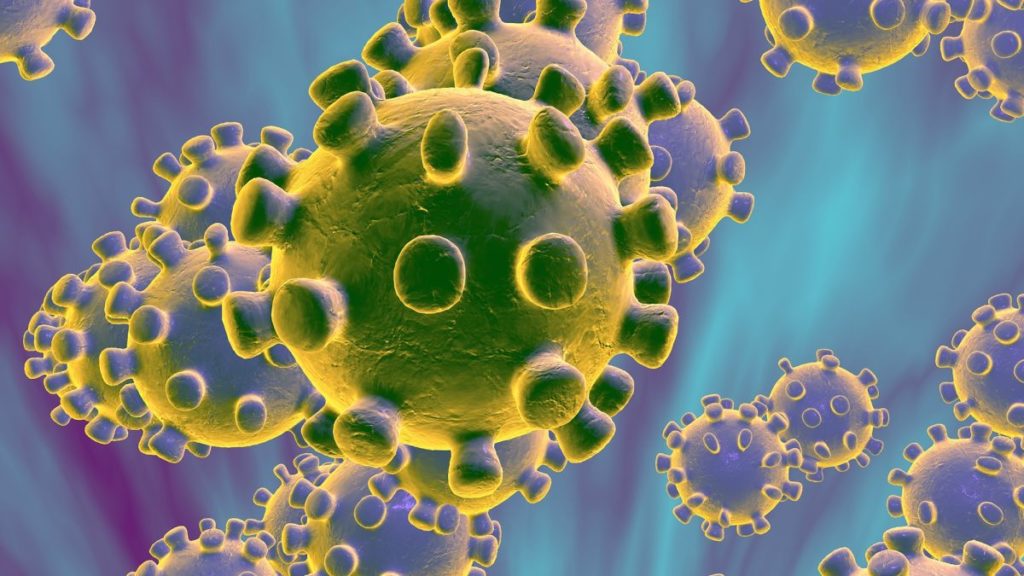
We’re Here For You
We want to assure everyone that it is business as usual for us. The precautions we take are the exact same that we take every cold and flu season. The precautions we take are simple and you can use the same to help reduce the possibility of infection in your home.
Don’t panic and most importantly, don’t get taken advantage of. Many people exploit situations such as this make quick sales or charge more than normal. Keep in mind, there is no magic product that will protect you. When it comes to indoor air quality, we always recommend a layered approach to get the best possible results. And during this time, our prices remain the same.
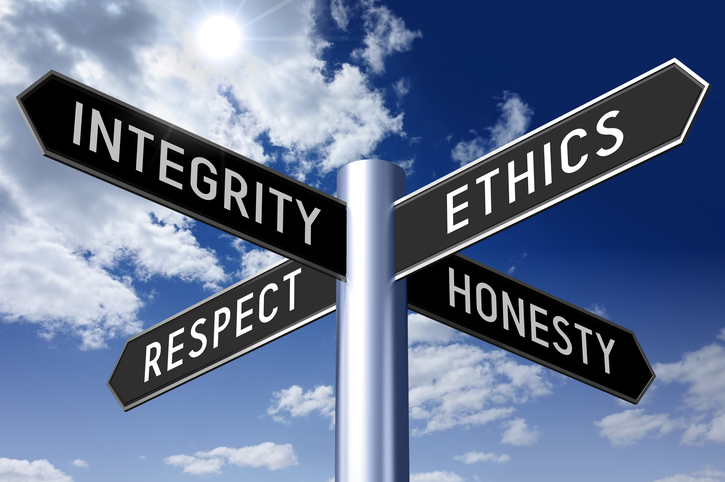
What We Do
The precautions we take are very simple.
- We wash/clean our hands before we arrive.
- We wash/clean our hands when we leave.
- We use a layered approach to indoor air quality in our own homes. (Explanation later).
- We avoid touching our face (especially eyes, nose and mouth).
- We use antibacterial/antiviral cleaners
- If any of our employees are sick, they will not come in your home or place of business.
- We use masks in some situations.
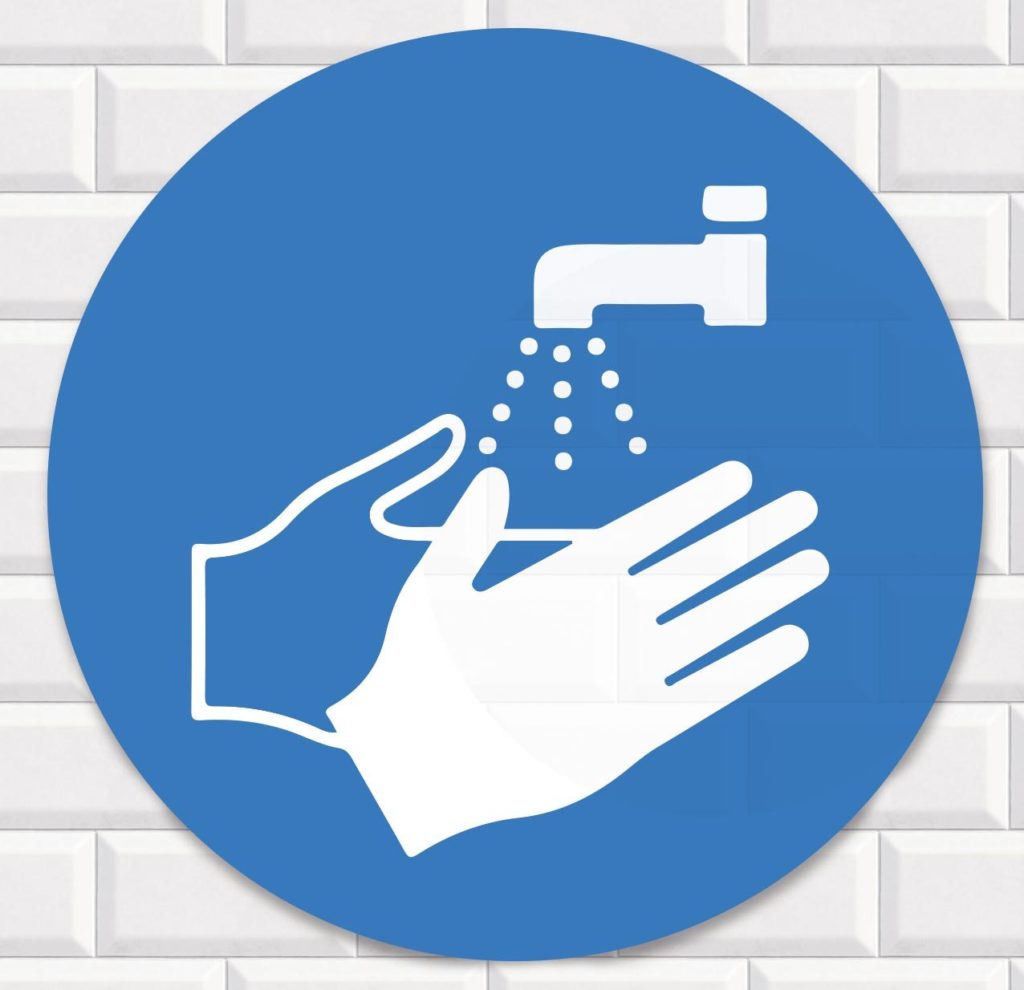
What You Can Do
- Please inform us if anyone is sick in your home. We will still come but we will take extra precautions.
- Prevention is key – wash your hands regularly and use an antiviral to clean (lysol and many other products work).
- Use a layered approach to your indoor air quality. What filter are you using and do you have any other devices that are engineered to improve air quality?
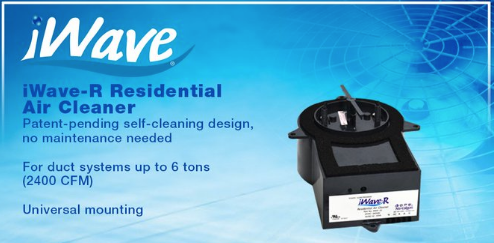
Indoor Air Quality
Your indoor air quality is important any time of year. We spend a significant amount of our lives in our homes. Keeping that environment clean and relatively free of toxic chemicals, allergens, bacteria and viruses is a critical part of staying healthy.
What is indoor air quality?
Indoor air quality is the health of the air in your home. We consider several things when evaluating air quality.
- Temperature
- Humidity
- Particulate content
- Toxic Chemicals
- Mold
- Bacteria & Viruses
Some of these things we can measure and some we can’t.
Temperature – This is controlled with your HVAC system. While we think of temperature as a comfort item, it can have an impact on air quality.
Humidity – This is the moisture content of the air. The warmer air is the more moisture it can hold. The measurement of humidity that you are accustomed to seeing is relative humidity. This is not exactly a measurement of a specific quantity of moisture. It is the amount of moisture in the air relative to it’s temperature. 50% relative humidity means that the air is holding 50% of the maximum amount that it can hold at that given temperature. If we take a sample of air at 90F that is at 50% relative humidity and drop it’s temperature to 75F it will be at 80% relative humidity due to being able to hold less moisture.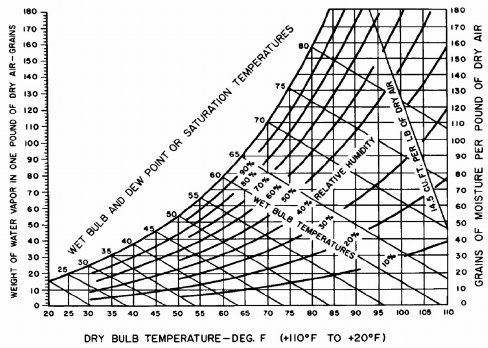
Particulate Content – This is dust and other particulates. Bacteria, viruses and mold actually count as particulates. The reason is simple. They have a physical size and we can determine the amount of filtration that it takes to capture them. Many viruses and bacteria are too small for conventional filters to catch.
Toxic Chemicals – A home has a plethora of toxic chemicals. They can be found in construction materials, perfumes, cleaners, and even furniture.
Our goal is to remove, neutralize or kill particles and toxic chemicals and control the temperature and humidity to help reduce mold growth.
Things You Can Do Now
- Setting your thermostat to a temperature that reduces mold growth is recommended. Keeping the temperature below 74F significantly reduces mold viability.
- Keep your filter clean. Clean or replace when dirty. Due to HVAC system design, MERV 8 is the maximum we recommend for most 1″ filter applications.
- Keep the surfaces of your home clean.
Things We Do
- Seal duct. Leaking duct can pull particulates into your home.
- Install high MERV filters.
- Install air purification devices such as Reme Halo or I-Wave R.
- Install properly sized HVAC equipment. Some types are better for controlling indoor humidity as well. Multi-Stage and Variable Speed equipment is a significant improvement.
- Perform cleaning and maintenance.
We don’t recommend duct cleaning except in some very rare circumstances. The reasons are simple. Duct rarely has a significant amount of dust inside. It may be a very light layer. Most of the dust you see on a ceiling or grills did not actually pass through your duct system. They were particles in the room air that has collected in that location due to a venturi effect of the air. In addition to this, duct cleaning has the potential to damage the duct or break the seals. The duct vibrates and the tape or mastic seal may be broken. You now have air leaks which is a much larger issue.
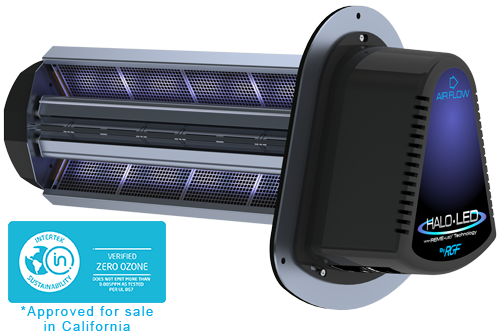
If you want to learn more about YOUR indoor air quality, SCHEDULE NOW or Call (479) 936-1455 today.
